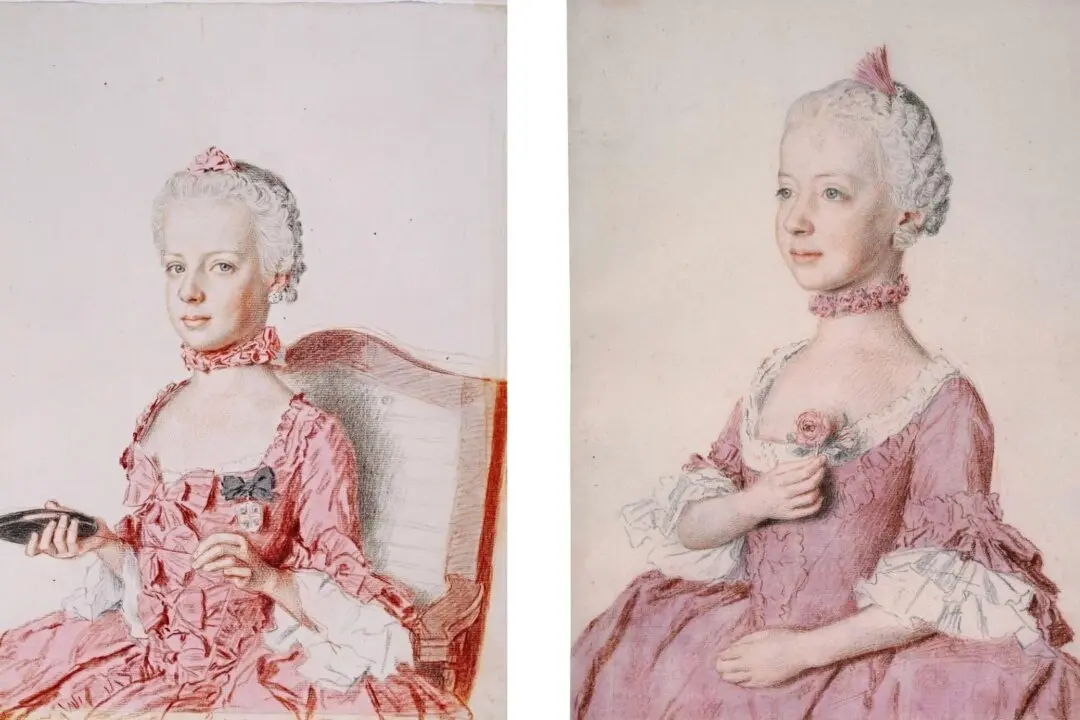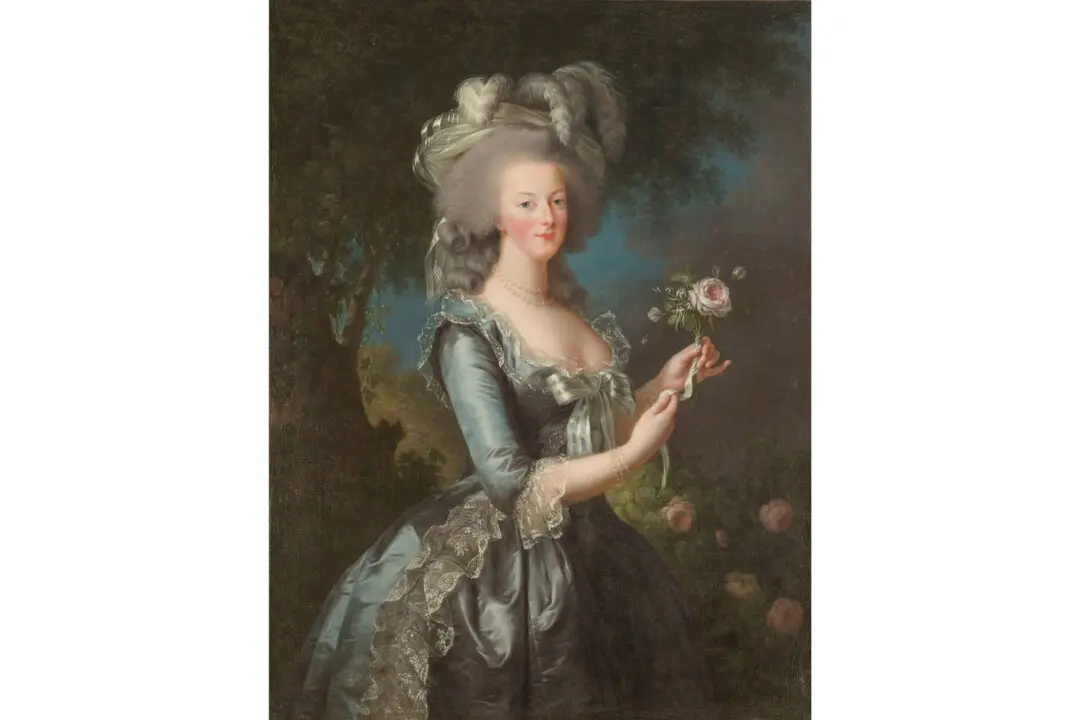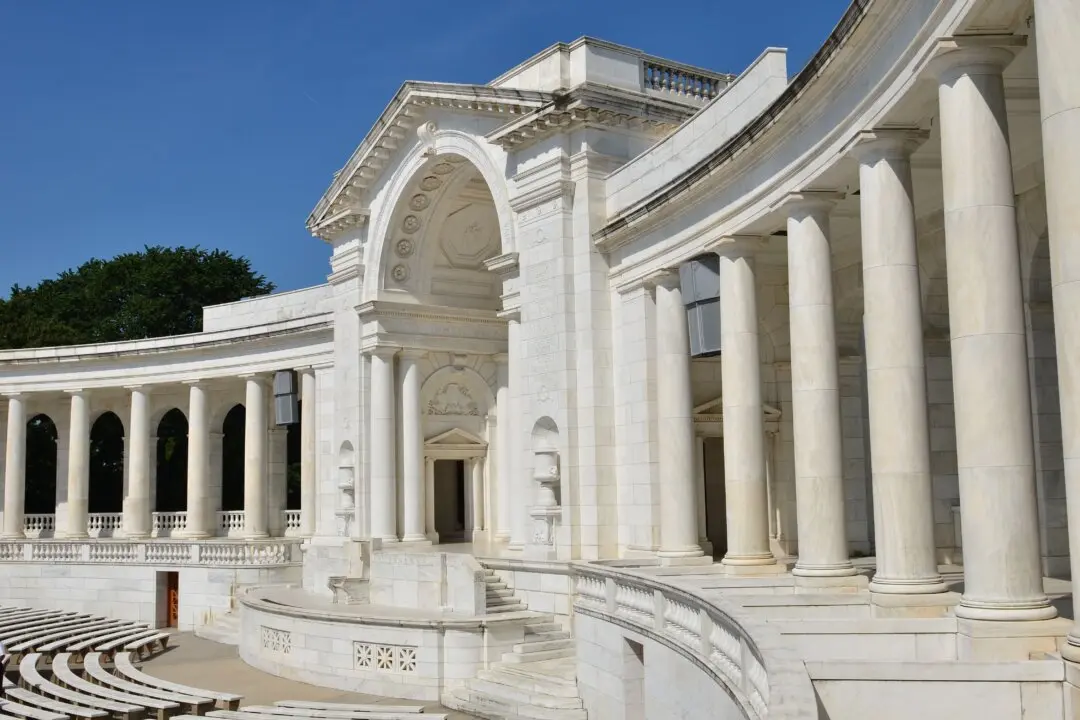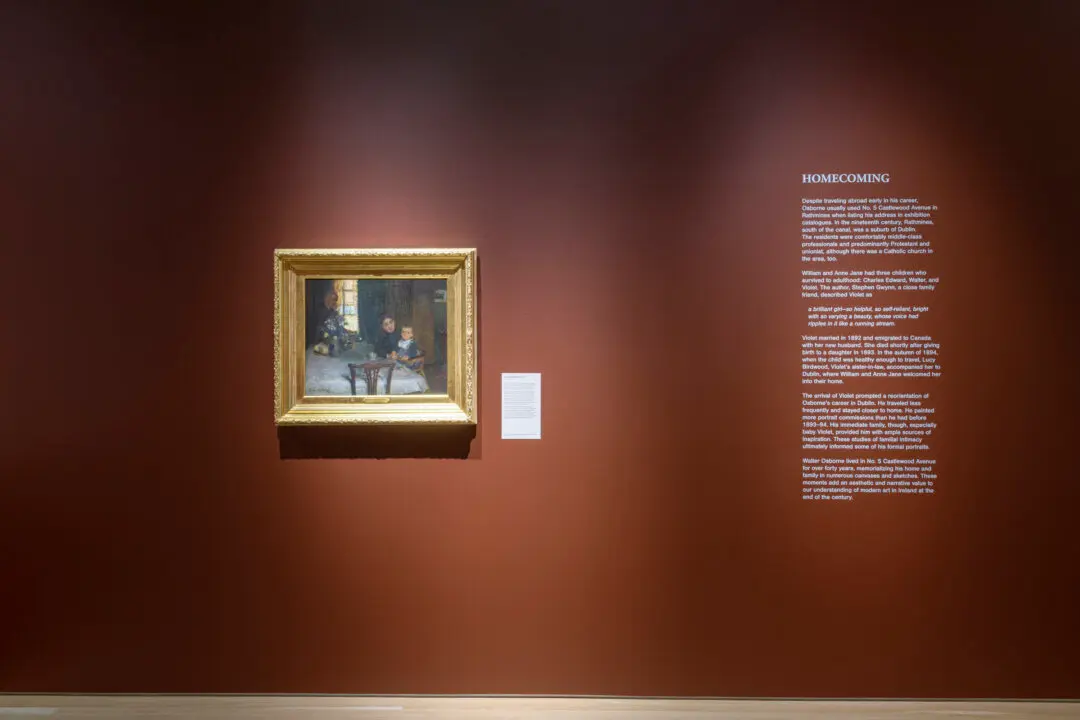Unpainted stone, marble, or bronze sculptures dominate Western sacred art, largely thanks to Renaissance giants such as Donatello and Michelangelo, Baroque sculptor Gian Lorenzo Bernini, and neoclassical sculptor Antonio Canova. Therefore, when we think of sacred art, polychrome sculptures may not be at the forefront of our minds—unless we’ve spent time in Latin America or the Iberian Peninsula, that is, Spain or Portugal.
In the Hispanic world, sacred sculptures are polychromatic—colorfully painted. Each piece is purposefully infused with intense emotions, gestures, and vitality—all explicitly designed to teach Scripture and to inspire contemplation and devotion to God. Believers developed intimate relationships with these sublime, functional pieces.






